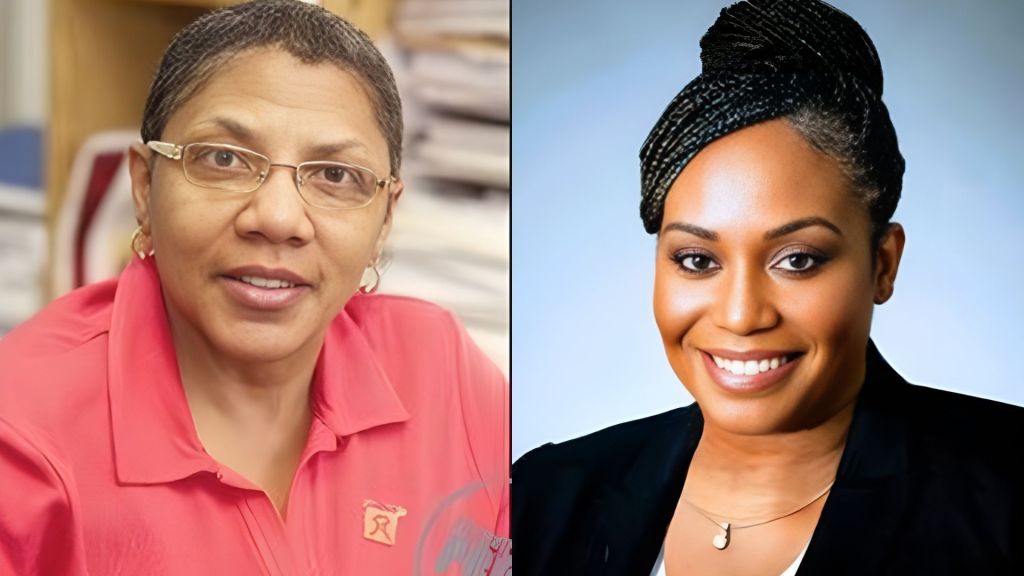By Megan Sayles
AFRO Business Writer
msayles@afro.com
It’s not difficult for people to observe the influence climate change has had on the planet, whether through extreme weather, wildfires, droughts, melting glaciers or rising sea levels. But, its impact on communities’ health may not be as easily detected.

Lorece Edwards is a public health professor at Morgan State University. She explained that redlining has contributed to Black communities living in areas with extreme temperatures. (Photo courtesy of Morgan State University)
Black communities, in particular, are especially vulnerable to environmental hazards generated and exacerbated by climate change. According to a 2023 study from McKinsey and Company, African Americans are 1.4 times more likely than their counterparts to be exposed to extreme heat.
This not only has implications for their physical health but also their finances, as the report notes extreme heat can prevent people from attending work.
In part, the reason for this increased exposure rests in historical and systemic practices, like redlining.
“Heat and heat-related conditions impact people in different ways based on the environments in which they live. Even though redlining and segregation have been removed on paper, their legacy and practices still continue,” said Lorece Edwards, professor of public health at Morgan State University. “We live in concrete jungles where there is nothing but cement all around, and trust me, I have felt the heat come up from the ground under my pants leg.”
Redlining refers to the practice of denying loans, access to credit and other financial services to neighborhoods predominantly made up of minority populations. The word originates from the federal government and lenders drawing red lines on maps around neighborhoods that were considered risky investments.
Urban areas—historically targeted for redlining—are covered in concrete and asphalt with buildings made of brick and metal, all of which absorb and retain heat. They also lack green spaces, which help to reduce heat and provide shade.
Redlined communities also experience health disparities, which can be intensified by extreme heat.
“In these redlined or segregated areas, you have children with asthma, people with chronic lung diseases and people with heart disease,” said Edwards. “These temperatures are harder on them, and they are the ones who don’t have access to transportation or the finances to put air conditioners in.”
According to the McKinsey and Company report, the rate of heat-related emergency department visits grew by 67 percent for African Americans compared to 27 percent for their White counterparts between 2005 and 2015. The study also revealed that extreme heat could result in the death of 60,000 people each year by 2050.
Some of the more obvious outcomes of exposure to extreme heat include dehydration, heat stroke, heat rash and heat exhaustion. Maija Anderson, chair of MSU’s Department of Nursing, explained that it can also aggravate cardiovascular conditions, asthma, respiratory problems and kidney function, all of which disproportionately impact Black communities.
She offered guidance for people to protect themselves from the scorching temperatures.
“Try not to play outside when it’s really hot. Get your exercise in the early morning or late at night when temperatures are dropping. Try to wear light clothing,” said Anderson. “Hydration is really important. For people who have issues with breathing or are diagnosed as asthmatic, make sure you have your emergency inhaler on hand.”
The post Climate change’s toll on the health of Black communities appeared first on AFRO American Newspapers.











